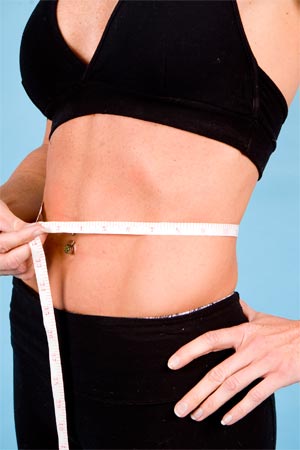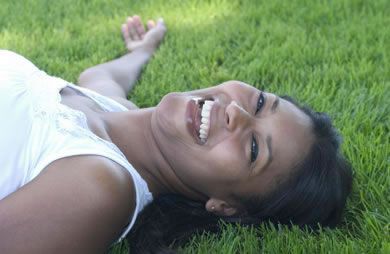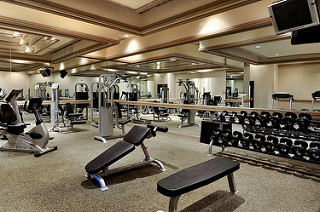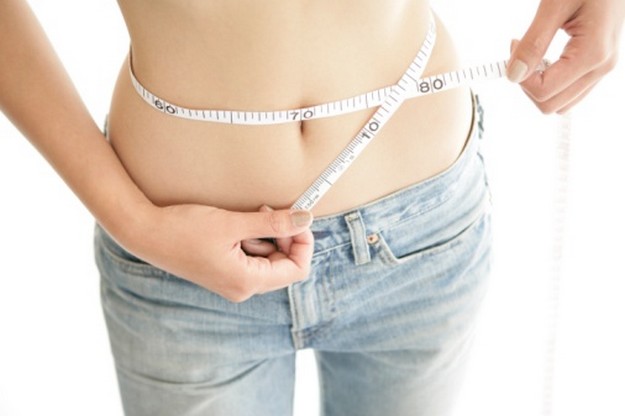Why osteoporosis isn’t just for women anymore…
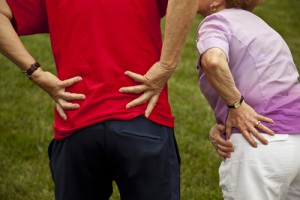 The general consensus is osteoporosis, the loss of bone tissue over time, happens to women. Their bones weaken with age, increasing the risk of falls and fractures.
The general consensus is osteoporosis, the loss of bone tissue over time, happens to women. Their bones weaken with age, increasing the risk of falls and fractures.
These injuries can be serious, depending on the fracture or break, because the elderly are much slower to heal and recover.
However, new science is showing that osteoporosis isn’t just a woman’s disease anymore.
After a hip fracture, men have twice the mortality rate of women
Osteoporosis prevention and treatment have been focused on post-menopausal women historically, but a new study by Beth Israel Deaconess Medical Center (BIDMC) and published in The Journal of Bone and Joint Surgery in November, says that we should focus more attention on bone loss and fracture risk in older men, too.
RELATED READING: When your bones become weak and fragile…
That’s because each year, roughly two million Americans suffer osteoporosis-related fractures – a number that’s expected to climb significantly as the population grows older. And given that fractures among men are also expected to increase threefold by 2050, evaluating and treating men for osteoporosis has never been more essential.
More than this, information released this year by the Office of Injury Prevention has shown that males have twice the mortality rate of women while hospitalized and during the year following a hip fracture. In fact, the rates of survival after a wrist fracture, which is the No. 1 upper extremity fracture in older adults, are lower among men, too.
Still, screening rates remain unacceptably low, particularly among men, according to the BIDMC. For example, more than 50 percent of women receive Dual X-ray Absorptiometry, a preferred technique for gauging bone mineral density.
That’s compared to only 18 percent of all men. Fifty-five percent of women versus more than 20 percent of men also initiated treatment with calcium and vitamin D within six months of their injury. And more than 20 percent of women and 3 percent of men took bisphosphonates, which is a popular drug treatment for increasing bone mass.
‘Silent disease’ has no symptoms
Generally speaking, osteoporosis is a disease that causes your bones to weaken and even break, especially those in the wrist, hip and spine. It’s called a “silent disease” because it advances without any symptoms until a fracture finally happens.
It tends to develop less frequently in men because they have larger skeletons. So their bone loss starts later and progresses more slowly. Plus, men usually don’t experience rapid hormonal change or bone loss.
Nevertheless, by the age of 65 or 70, both men and women lose bone mass at the same rate, while the absorption of calcium, which is needed for proper bone health throughout life, lowers in both sexes.
RELATED READING: Fact or myth? Cracking knuckles causes arthritis
Two types of osteoporosis typically characterize the disease: Primary and secondary. The first one usually is brought on by age-related bone loss; this is called senile osteoporosis. In cases of secondary osteoporosis, which is more common, the loss of bone mass is caused by particular lifestyle behaviors, diseases or medications.
How to protect yourself and strengthen your bones
If all of this news troubles you, don’t fret. Osteoporosis can be treated properly if it’s detected long before you experience bone loss. Diagnosing osteoporosis involves urine, blood and bone density tests, as well as x-rays.
In the meantime, you can take measures to lower your chances of developing osteoporosis in the first place. For starters, avoid smoking, reduce alcohol consumption and increase your overall physical activity. This means walking, hiking, climbing stairs and lifting weights, as well as playing golf and racquet sports. If you’re just starting out with exercise, begin with a short walk and then increase the time and intensity.
Eat your salmon and get outside
Each day, try to ensure you get enough calcium and vitamin D for your age. Sunlight gives you some vitamin D, but that’s more of a challenge in the short, darker days of winter. If you’re a man under 70, you should aim to get 600 IU (International Units) of vitamin D daily. Men over 70, on the other hand, should increase their uptake to 800 IU.
When it comes to calcium, go the food route and aim for kale, spinach, sardines, salmon, white beans and some dairy to boost your intake. Salmon and soybeans are good sources of both calcium and vitamin D.
Remember, if you’re a man, your lifestyle habits put you at an increased risk of osteoporosis, too. Treating related bone fractures while not addressing the underlying cause could put you at a greater risk for injury. This can threaten your mobility and independence over time, so give your bone health some much-deserved attention.
-
Good Fats And Bad Fats What Is The Real Difference
For most of us, eating is one of the most satisfying things we do in o
-
Weight Loss Clinics In Your Area
Harm people around currently who aren’t affected by some kind of
-
How Do You Get Rid of Fat
How do you get rid of cellulite? is the
-
New Report: Half Of Black Adults May Be Obese By 2030
(BlackDoctor.org) — According to new research, 164
-
Everything You Need To Know About Weight Loss Fat Farms
Weight loss fat farms became popular in the United States since the e
-
Dieting Myths That You Should Know
Do you feel that you are a bit of overweight? Are you trying to lose s
- DON'T MISS
- Top 10 Weight Loss Facts - True Or False
- How Long Will It Take To Lose Weight?
- Snoring Problems Helps Burn Calories Fast
- All About Computer Recycling
- Side effects of Improper Ingestion of HCG Drops
- How to Lose Your Body Fat Safely and Naturally
- 12 Pilates Moves That Will Redefine Fitness for You This Year
- How To Create A Weight Loss Plan Of Action
- Slim Chews Natural Weight Loss Plan
- What Role can Dietary Supplements play in the Treatment of Arthritis?
